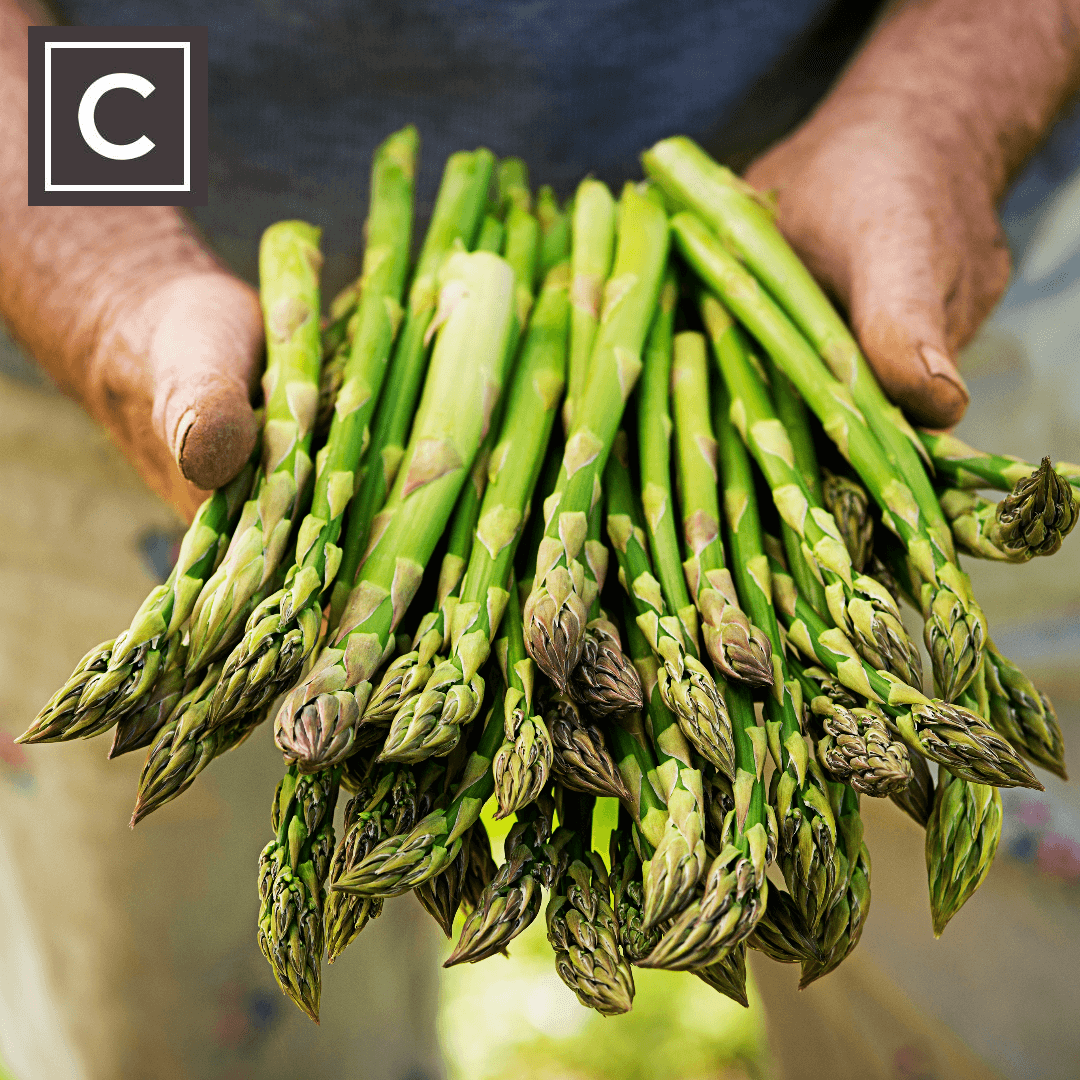Ingredient Glossary: Asparagus
Posted by Emily on 1st Dec 2019 Reading Time:
What is Asparagus?
A cultivated lily plant yields the young shoots known as Asparagus, a delicacy vegetable. These shoots have a unique, potent, savoury flavour and are relatively expensive. The term "sprue" refers to especially thin, young Asparagus.
While the French variety is purple, British and American Asparagus is typically green. White Asparagus is common in Spain and the Netherlands, grown underground and harvested just as the tips appear. Regardless of the type, Asparagus is rich in vitamins A and C and potassium, iron, and calcium.
Preparing Asparagus
Rinse the Asparagus before use. For thicker stalks, which are also more flavourful, bend the spear until it breaks, discarding the woody end. You can peel the remaining end to expose the softer flesh if the remaining lot is still tough.
Cooking Methods
Boiling: Boil for 3-5 minutes.
Steaming: Steam for 4-5 minutes, depending on size.
Roasting: Coat with oil, season with sea salt, and roast for 15 minutes.
Grilling: Grill for 5 minutes.
Serve boiled or steamed Asparagus with hollandaise sauce or melted butter - roasted or grilled asparagus pairs well with Parmesan shavings and a dash of lemon juice. Alternatively, incorporate chopped Asparagus into a quiche or wrap it in prosciutto strips.
Here is one of our favourite Asparagus recipes.
Storage Tips
Wrap the Asparagus in a damp kitchen roll and place it in a perforated paper bag or wrap. Store in the fridge's salad drawer or keep the stalks upright in a glass of cold water.
Seasonal Availability
Although imported Asparagus is available throughout the year, British Asparagus, often considered superior, is in season from May to July.
Choosing the Best Asparagus
Look for Asparagus with tightly closed, perky tips and straight, firm stalks.
Alternative Vegetables
If you want to try something different, consider using French beans or mange tout.


